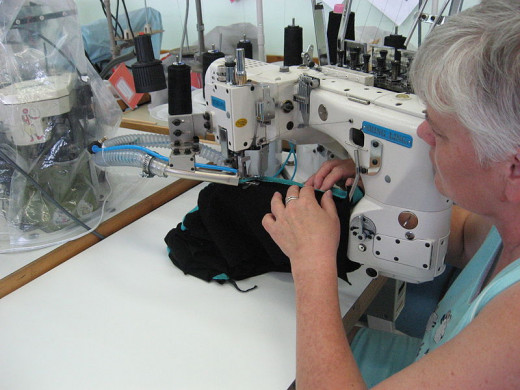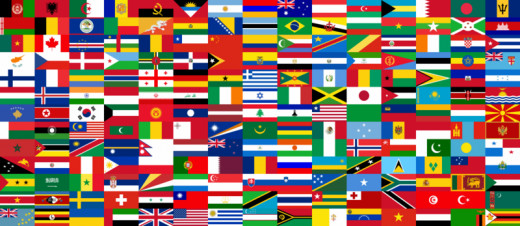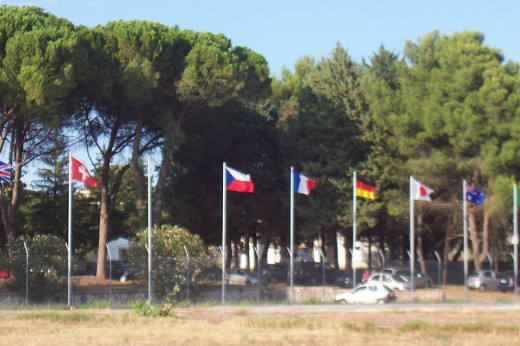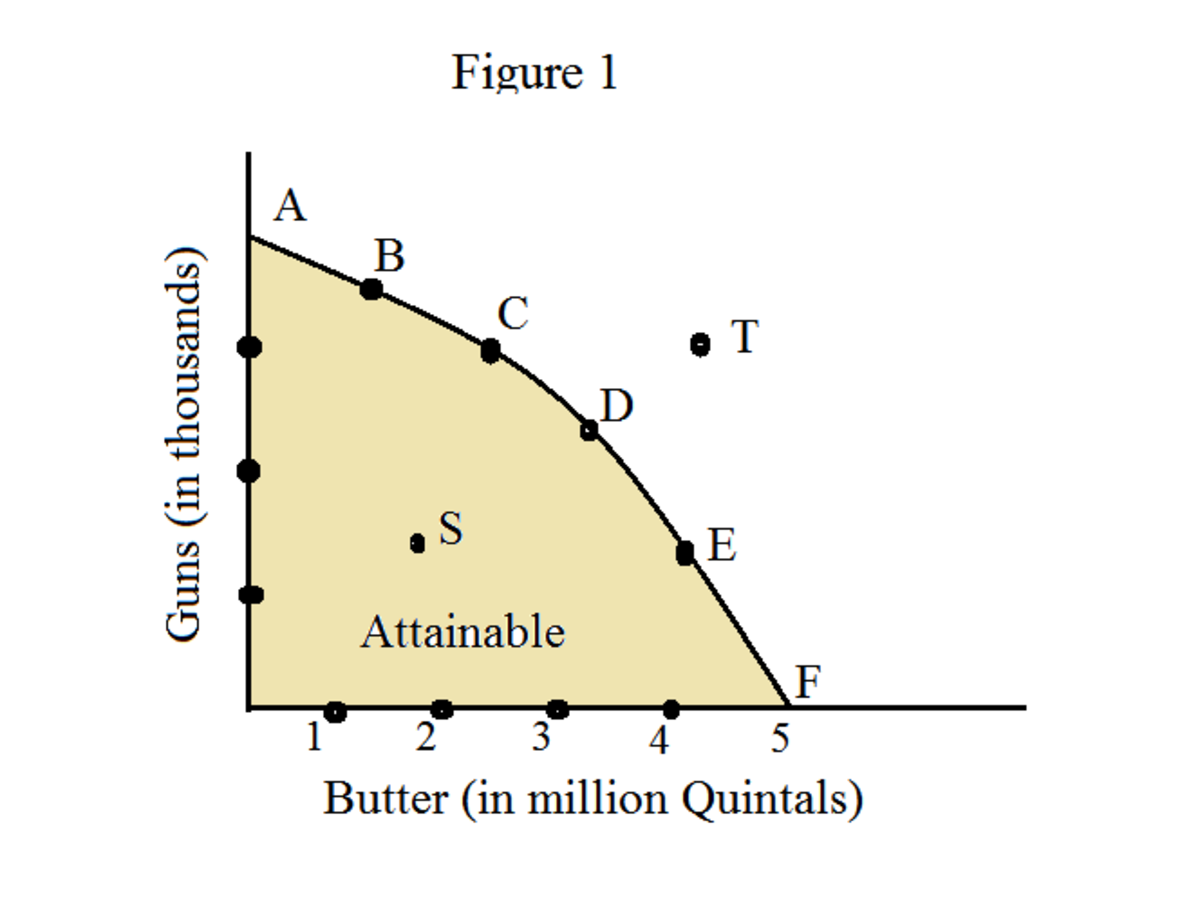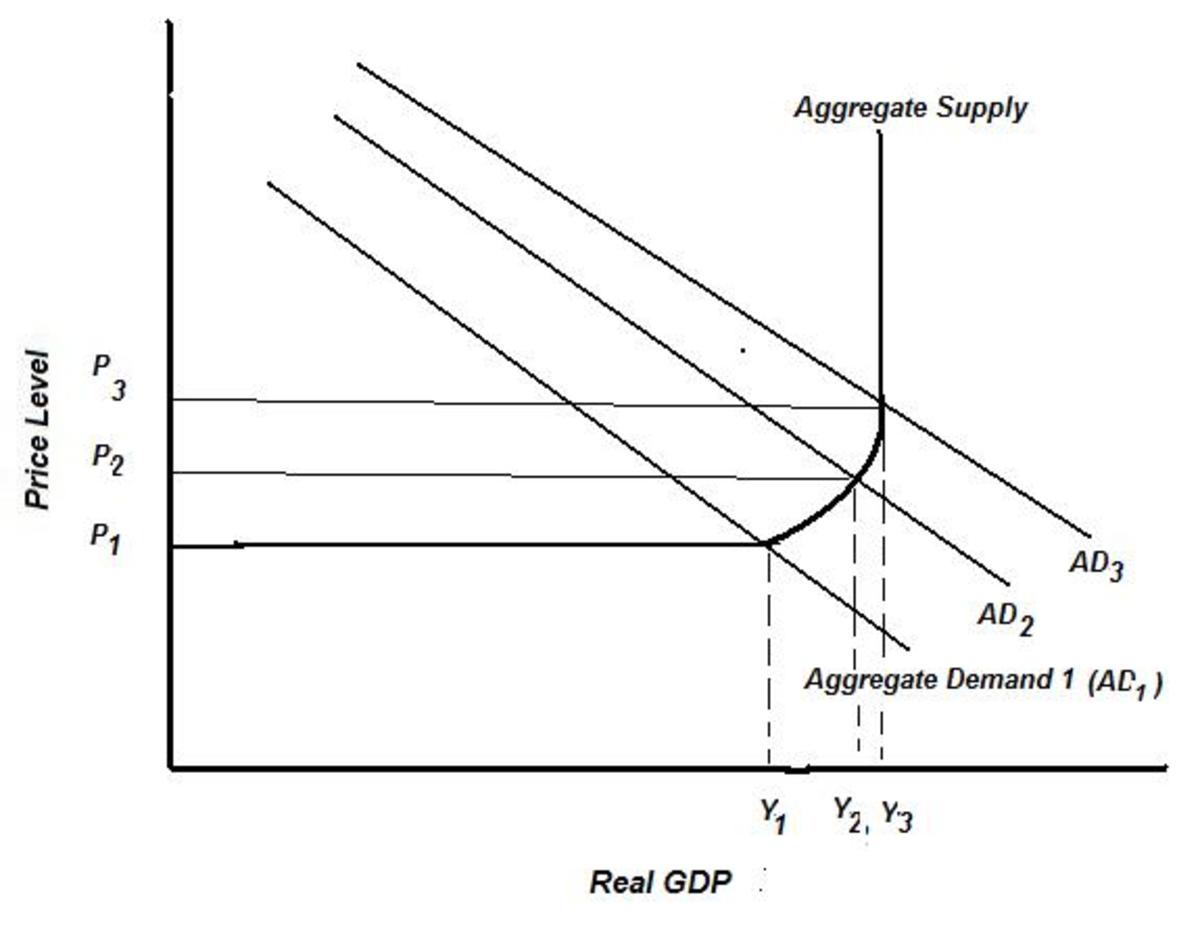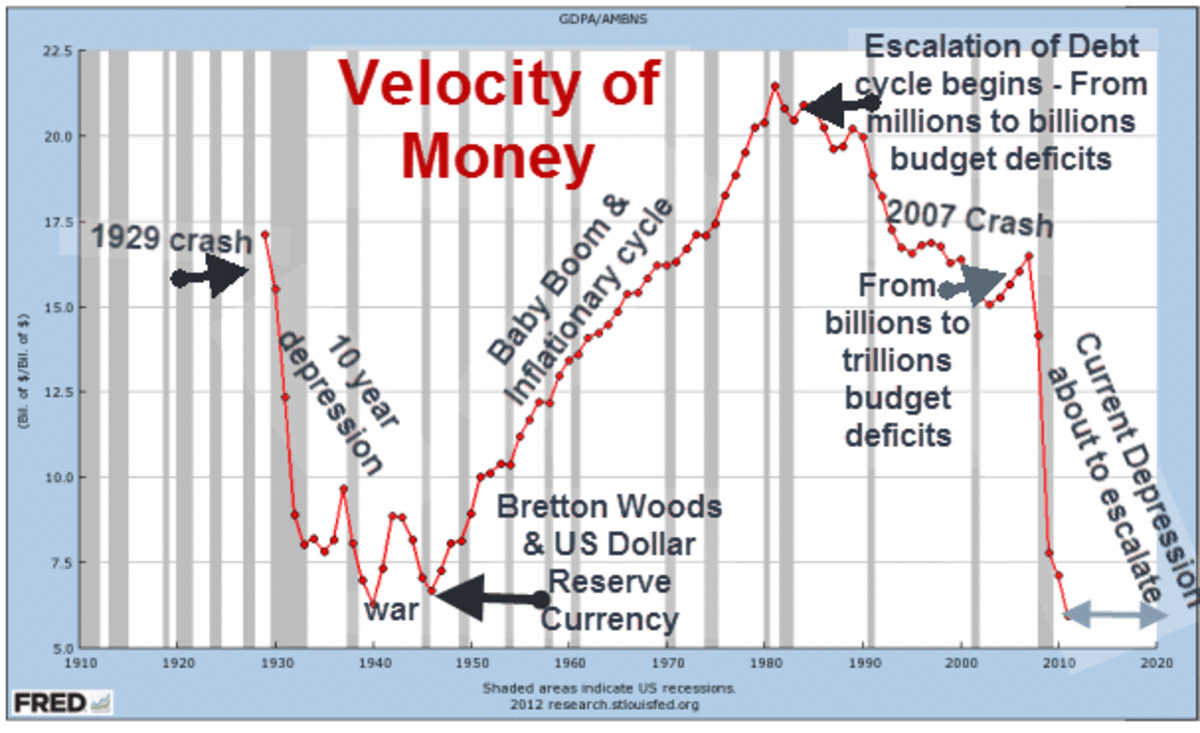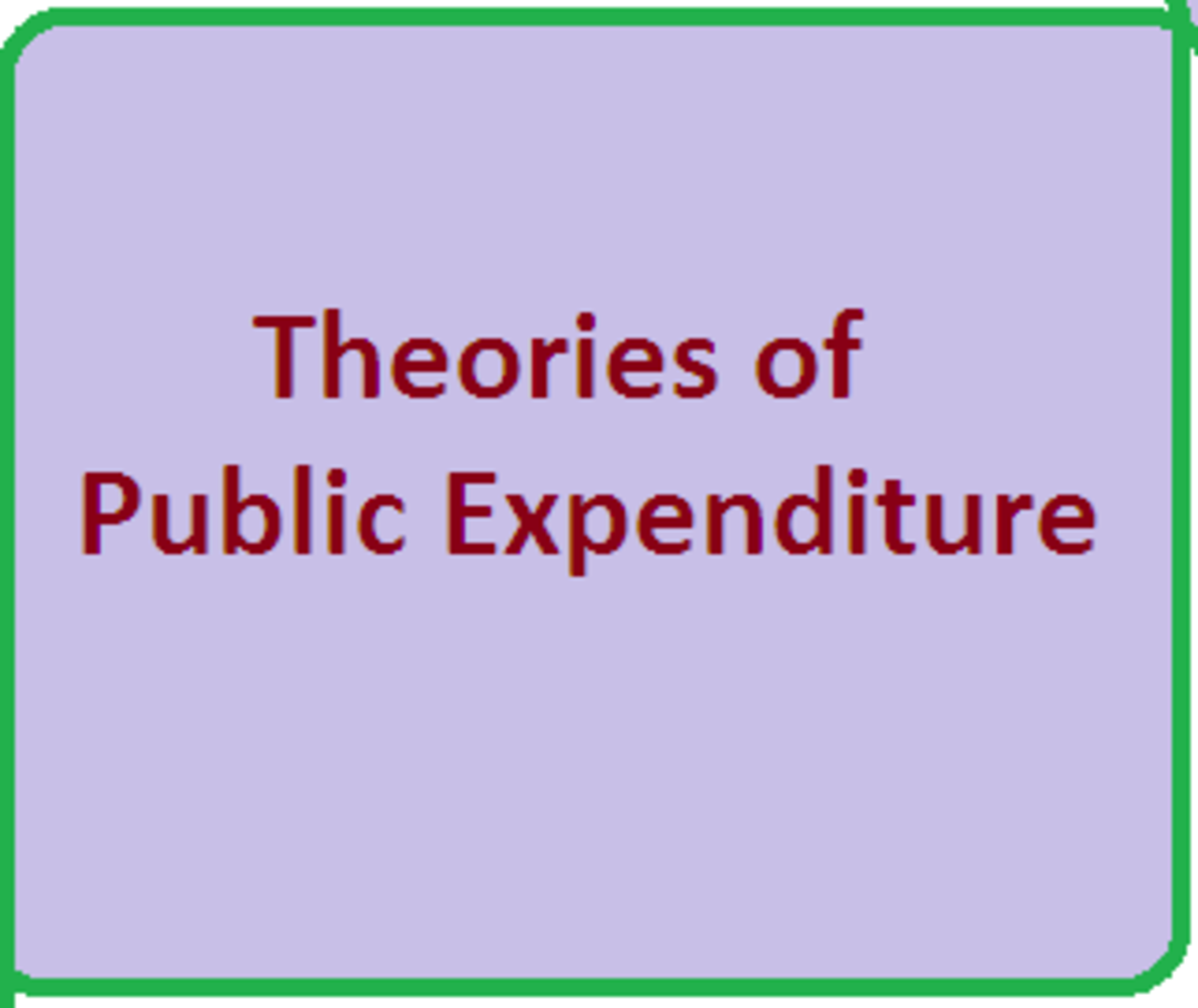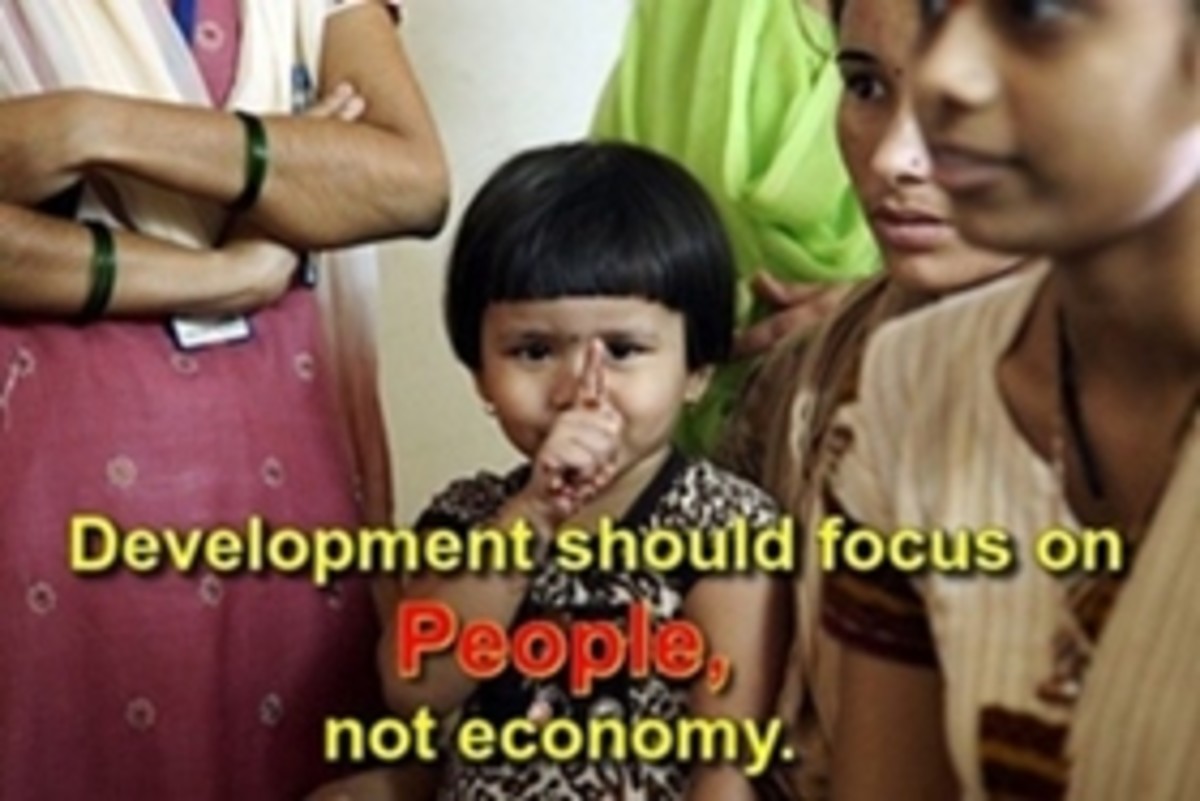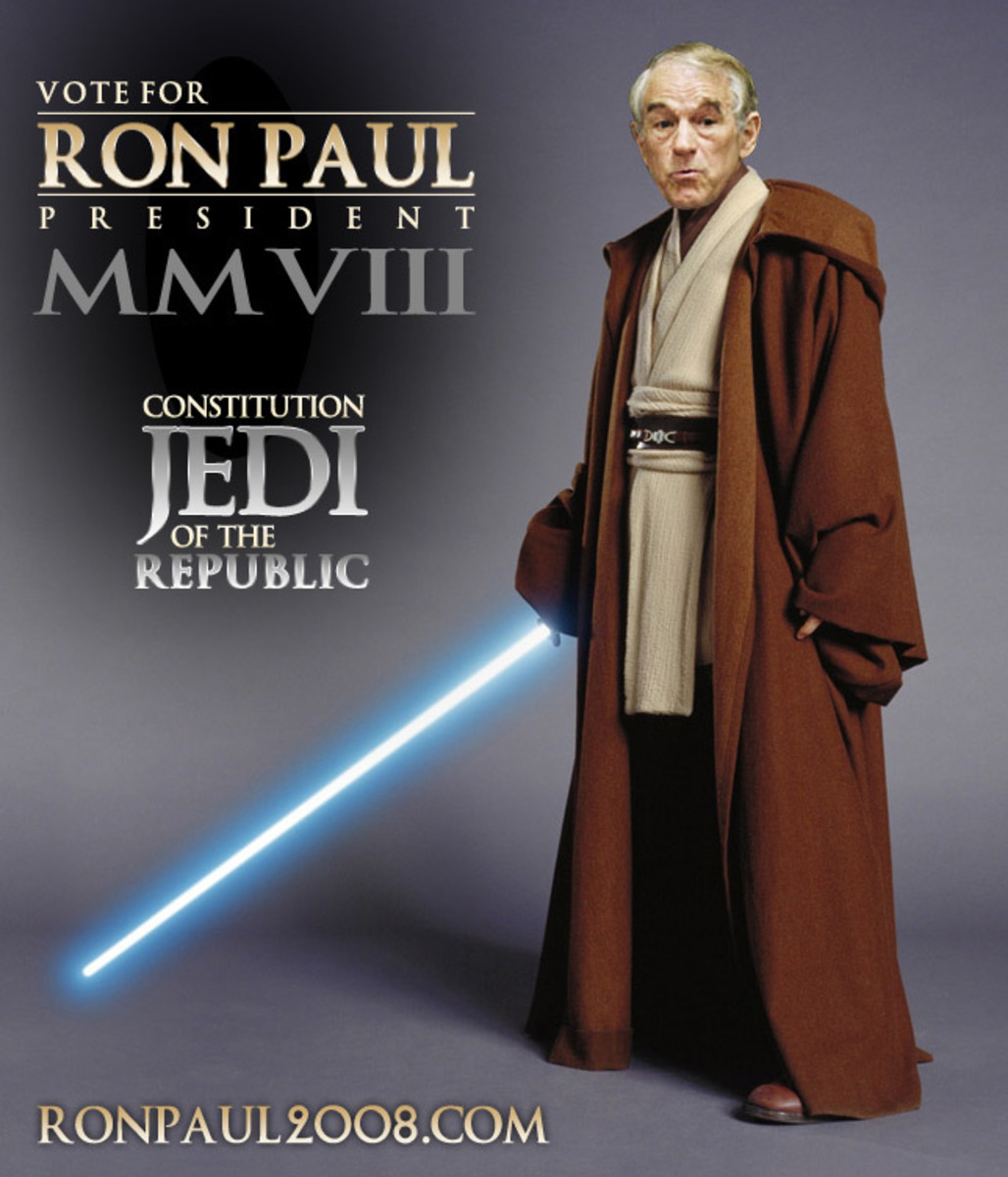Central Problems of An Economy: A Brief Note



An Economy refers to the system in which consists of production, consumption and exchange of goods and services. In an Economy there exists many things such as financial institutions, educational institutions, business firms, households, government etc. So, in an Economy each person or organization has their own wants and desires for their existence. At the same time there may be shortage of resources to satisfy these wants.
According to Lionel Robbins, a famous economist, “human wants are unlimited, but the resources available to satisfy them are limited” if an Economy is capable with its resources to meet the wants, then there will be no more problems in the economy. But in reality it does not exist. All nations are facing their own economic problems. Such problem can be said as “the central problems of an economy”. Basically central problems of an economy or a market can be classified in to three
I) What to produce in what quantities?
II) How to produce?
III) For whom to produce?
These problems are the main challenges of any economy. Now let us understand each of them.
I) What to Produce in What Quantity?
It is one of the basic problems of any economy. To solve this each economy should answer for what and in which quantity of goods and services to be produced to satisfy the unlimited wants. Since the resources are alternative (same commodity can be used to satisfy different wants) the economy must try to do by the optimum utilization of the available resources.
II) How to Produce?
Mainly there are only two factors are available to produce goods and services. They are, capital and labor. An economy must choose which feasible combination of factors of production to be used. The combination refers to the ratio of capital and labor used for production.
In the case of India (a labor rich country) the amount of labor may be more to the capital. But in USA (a capital rich country) may be use more amount of capital than the labor.
III) For Whom to Produce?
It refers to how total output should be distributed among needy persons or organizations. different economic institutions demands various things. So the output produced must be for these demands.
Now, you saw the major problems of an economy. These problems are highly correlated with the two factors of scarcity and choice.
Since the resources are scarce in availability and they may have alternative uses, the consumer has make his choices. Basically choices may be at two levels. They are. I) choice at the personal level and II) choices at national level. Both are discussed as below.
I) Choice at the personal level
Choice at the personal level refers to the household sector. which includes people of different classes. Some people are earning higher income. On the other hand some are earning very little. But all are desired to purchase commodities with their income. therefore, there exists the problem of choice with his limited income.
II) Choice at the national level
Here the problem is that, how the various factors of production shall be employed. Since the capacity of the economy is limited to achieve full employment, a choice has to be maid for how to utilize the available resources of an economy in an optimum manner.
To describe or illustrate this (choice at national level) Professor, Paul Antony Samuelson introduced the concept of Production Possibility Curve (PPC) through his book titled “Principles of Economics”.
Production Possibility Curve (PPC)
By definition, Production Possibility Curve (PPC) is “the locus of combinations of two goods, that can be produced with given resources".
To explain this concept consider the following diagram (see below)
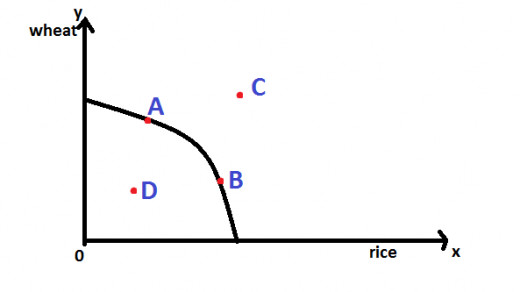
The above diagram is a model of an economy which producing two commodities only like wheat and rice. Here rice is taken on the horizontal axis and rice is represented on the diagonal axis. In the diagram point ‘A’ and ‘B’ are feasible and at the same points all resources are efficiently utilized. Further, there is no any shortage of economic resources. This point can be called ‘fuller utilization of resources’ (That is point 'A' and 'B').
At point ‘C’, it gives more output but, it is not possible and to attain such a higher point and there must be more resources or ‘growth of resources’. Point ‘C’ shown shortage of resources.
At point ‘D’, it is possible but not desirable. Because every economy tries their maximum optimum utilize the available resources. But point ‘D’ showing the inefficiency of an economy. So, the resources of the economy are not efficiently utilized. This is called ‘under utilization of the resources’.
In the diagram an economy can choose point ‘A’ or ‘B’ according to the circumstances. Suppose if an economy produces two commodities like wheat and rice, point ‘A’ is suitable for the economy when the economy requires high quantity of wheat than rice. On the other side an economy can choose point ‘B’ when there is a need for more rice than wheat. An economy can choose any point on Production Possibility Curve (PPC), because it shows the optimum utilization the available resources.
Simply, the major problems of an economy are problem of scarcity and problem of choice as described above.

